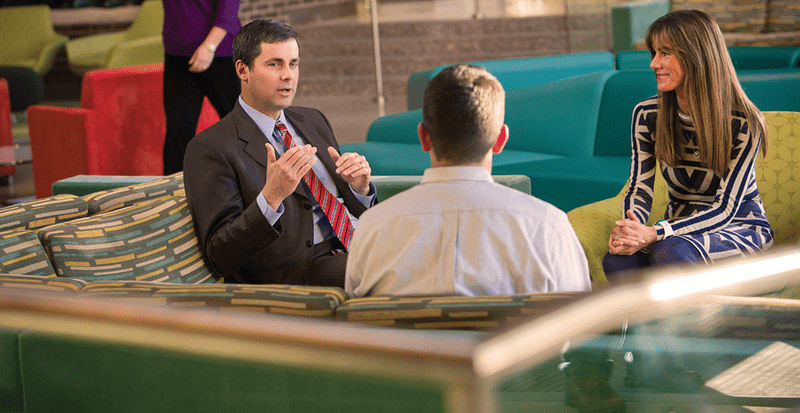Eli Lilly is so serious about becoming the leader in Alzheimer’s disease with donanemab that, last year, the Indianapolis Big Pharma challenged competitor Biogen by launching a head-to-head trial comparing their two therapies.
So what gives the company the confidence? Lilly CEO David Ricks knows it’ll win.
“If you’re going to take on … the leader, you need to be the leader, and that’s the purpose of this experiment,” Ricks said during an executive interview for Fierce JPM Week.
This is a marked shift in thinking around Alzheimer’s research after decades of failures and disappointment. Lilly’s own scientists and even their now-prized candidate donanemab have been at the forefront of the long-fraught hunt for a disease-modifying treatment for the devastating neurological disorder.
Now, Ricks says Lilly has a treatment that can address the underlying cause of the disease, and the regulatory path has been cleared thanks to Biogen and Eisai’s Aduhelm. That therapy was approved by the FDA last year based on biomarker data that suggested it could clear beta amyloid plaques, which are a hallmark of the disease. But the world still awaits proof of clinical efficacy in terms of changing the course of the disease, which Biogen will have to show in a phase 4 confirmatory trial. That study is slated to get underway this year.
Ricks says Lilly has proven donanemab can clear the amyloid plaques “in a very assertive way” in a clinical study. At six months, about half of patients had no detectable plaques in brain scans.

“A lot of analysts say, ‘Why are you running it? You’re gonna win it automatically,’” Ricks said. “The confidence is pretty high in the company and maybe even higher outside of it.”
The phase 3 head-to-head trial, called TRAILBLAZER-ALZ 4, will rely on PET imaging to determine plaque clearance, which Ricks said provides a precise measurement that moves away from impressions of disease status that are determined by a doctor. This traditional method of assessing dementia can be problematic in a clinical trial as patients can be assessed as further along than they really are, or they had a particularly bad day when the assessment was conducted.
“PET scanning and using analytical tools to define who gets into the study and then how they progress has turned out to be a much better way to assess drug performance,” Ricks said. “From the PET scans that have been indirectly done between the two drugs, we’re highly confident that at six months we will have cleared more plaque than them.”
Another way Lilly hopes to best Biogen and Eisai is in the launch. Aduhelm has hit roadblock after roadblock, the latest being the Centers for Medicare & Medicaid Services (CMS) decision to limit coverage to clinical trial participants.
In a bit of support for Biogen, Ricks called the CMS decision “a mistake” and one that will limit demand for anti-amyloid therapies and make patient access even harder. That means Lilly will have to work hard to launch donanemab and communicate its benefits to patients.
Lilly is expecting an accelerated approval from the FDA sometime this year. Donanemab demonstrated a 32% slowing in disease during an earlier phase 1 study, according to Ricks, and the company hopes to see similarly strong results this year for the late-stage test.
“If we come up with something like that, in phase 3, I think that’ll be an impressive and important part of the introduction,” he said.

